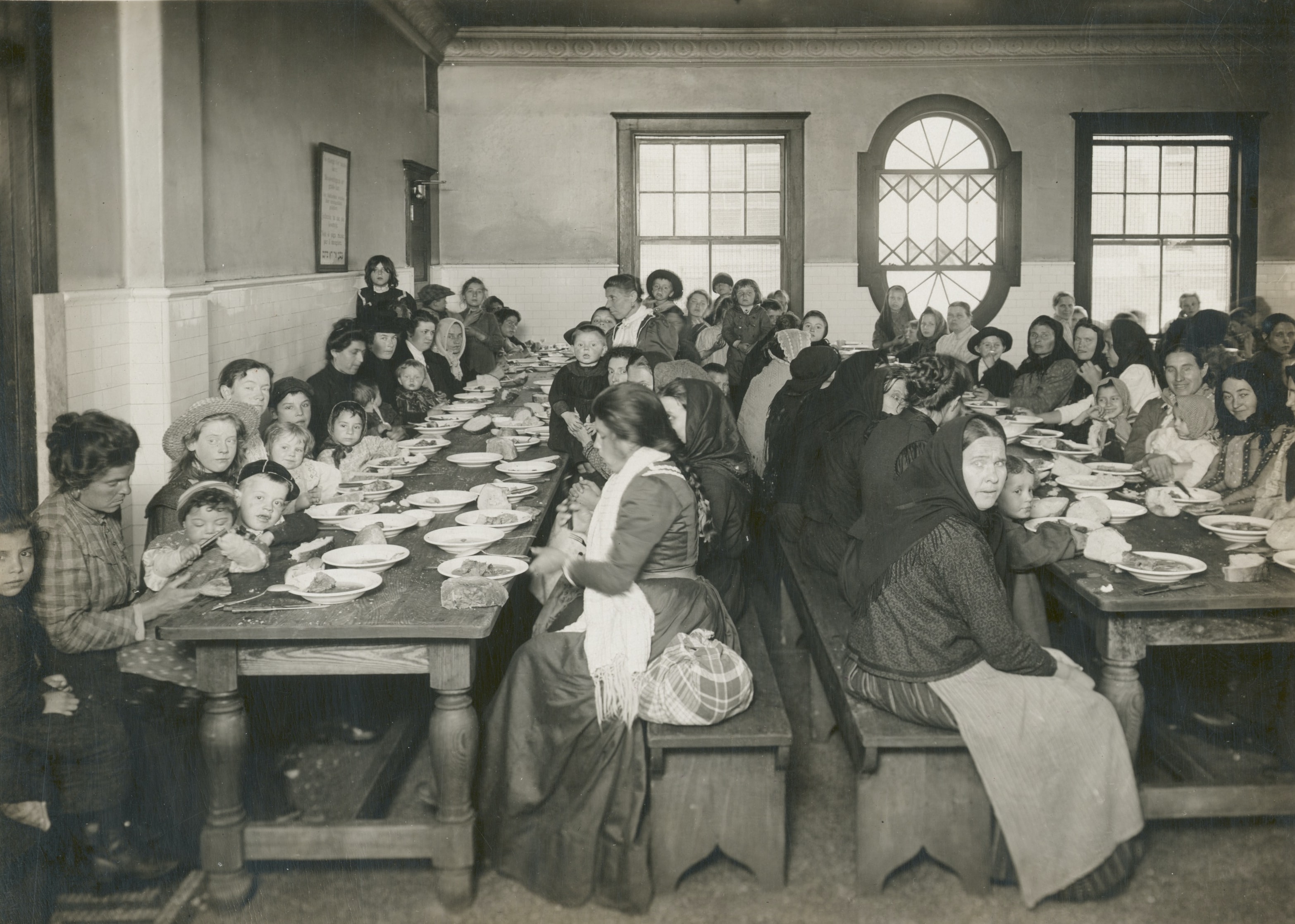
The window in my office–
(before you judge me as boujee for having an office in my NYC apartment, know I am poor. Three of us live in the three-bedroom and I share my bed with my partner to have this luxury).
The window in my -shared- office is one of those large, completely open windows. It lets in ample light and offers me a gorgeous view of a tree, which is currently green and filled with the birds I feed. These birds will be the reason I go broke, by the way. They eat more and better than I do. The window is also the perfect place for my sunbathing cat.
The window has its downsides. It faces a bustling street, so it’s loud. Angry parents inundate me in the morning, honking in traffic at a standstill in front of the middle school. Those same children yell all afternoon when school lets out. People fly down the road. There are constant motorcycles, air brakes, garbage trucks, sirens, and cars crashing. And if the noise isn’t bad enough, the sun hits the window directly in the afternoon, turning the room into a sauna that even the air conditioner struggles to cool.
However, after all of this petty complaining, I am happy I have a window. I have windows in every apartment room, including the living room, which apparently isn’t the case everywhere.

WHY DOESN’T MY LIVING ROOM HAVE A WINDOW?
I didn’t realize there were windowless living rooms in the city. My first two apartments were lucky enough to have natural light from one living room/kitchen window. But, when I started dating my partner, his living room/kitchen had no windows! Okay, I exaggerate. It had a small window that looked into an alleyway but let in no light and always smelled of Chinese food. You could touch the brick wall on the other side. How! How is this possible. We’d be hanging out on the weekend, and I had no concept of time when watching TV because the window was a scam.
Worse still, my friend recently moved into a new place in Gowanus. It’s a railroad apartment. You step into the living room, and on either end is a bedroom. The only windows are in the bedrooms. The living room/kitchen has two tiny windows near the ceiling that look into the hallway. That’s right. If both roommates have closed doors, you rely on the dark hallway for light. New York, man.
So, what’s going on? The city’s history with windows is a long and complicated one. Until the mid-19th century, NYC law did not require windows. To keep up with the rapid city growth and immigrant influx, builders threw up new buildings or converted from older houses. Not enough space meant that apartments were being sectioned off without windows.
NYC HISTORY OF WINDOWS

These “old-law tenement” homes were dumbbell-shaped, built one room after another. The law only required one window per unit, and meant the interior rooms had no windows. These homes were overcrowded, often had no running water or heat, and as a result, disease ran rampant. Tuberculous, being one of the worst.
To combat Tuberculous, the city mandated cross ventilation in all buildings. This update was expensive, and most landlords sidestepped the law by cutting interior windows in the inside rooms. These windows were called Tuberculous Windows. It did little to help.

By 1901 the city stepped in again and said with the New Law Tenement Act, this time requiring exterior facing windows in all the rooms. Always looking to save money, landlords and builders constructed air shafts through the center of the buildings.
These shafts created the necessary “exterior” window, but they were so shallow that you could reach over and touch your neighbor’s hands. Unsurprisingly these shafts did not create a source of light and air but instead intensified disease, noise, and dysfunction.
Complaints abounded, and they gained the nickname “foul air shafts” because they operated more as garbage shoots than anything else. One story in the NYT in 1885 tells of Irish Immigrant Mary Olsen, who jumped into a shaft, distraught about her husband’s death. Fortunately, or unfortunately, depending on who is telling the story, the copious amounts of garbage at the bottom thwarted her suicide attempt.

Eventually, thanks mostly to the fire department, who declared the shaft did nothing for improved air quality, actually providing oxygen for fires, these shafts too were made illegal.
A CHARMING TASTE OF HISTORY OR AN ANNOYANCE?
Many old Tuberculous Windows and hallway windows still exist in the old pre-war buildings. The building laws of NYC state that all “habitable spaces” must contain egress. Bedrooms cannot be considered bedrooms without windows, and living room/kitchen space above a specific size must also have egresses. Interior bedrooms are illegal. Of course, even today, landlords and buildings still try and get around the rules. For example, read about this gentleman who survived lockdown in a windowless apartment!
Luckily, today we do have 311, whereas the 19th-century immigrant did not. For that, I am grateful. And my window. I am grateful for my window.
Works Cited
https://ephemeralnewyork.wordpress.com/tag/old-law-tenements/
https://www.6sqft.com/a-short-history-of-new-york-citys-foul-air-shafts/
https://fontanarchitecture.com/bedroom-codes-nyc-habitable-space/
https://ny.curbed.com/2020/4/16/21222861/windowless-bedroom-nyc-story
https://ephemeralnewyork.wordpress.com/2012/03/29/the-tuberculosis-windows-in-city-tenements/





Very informative